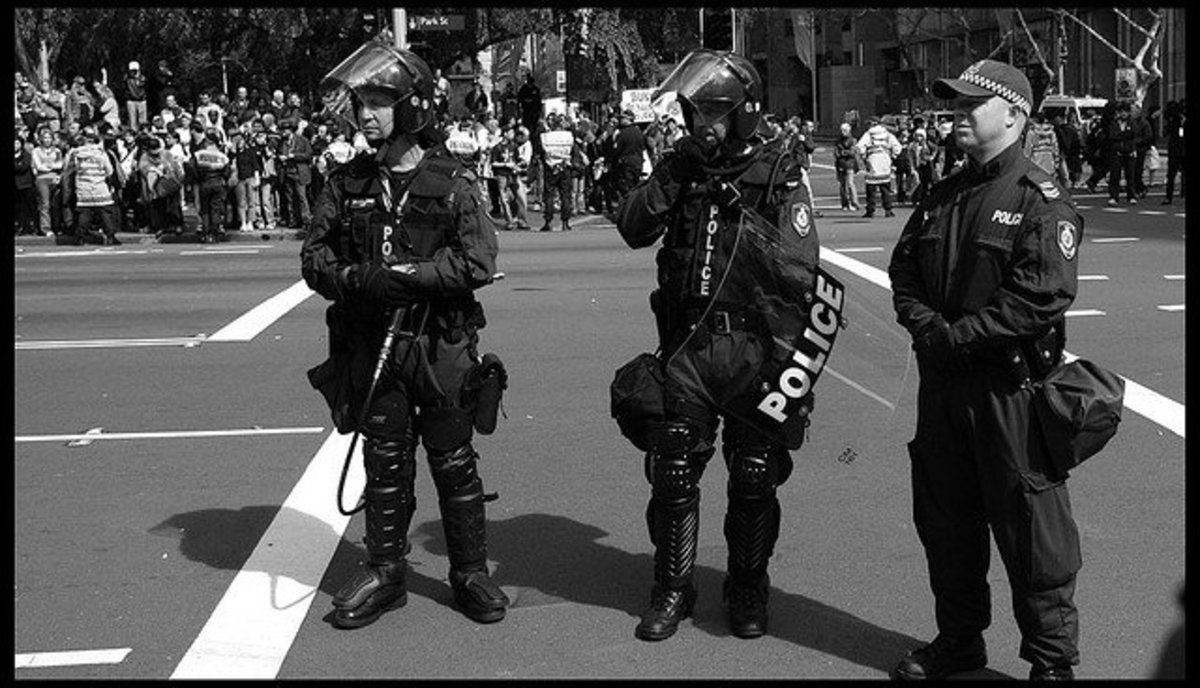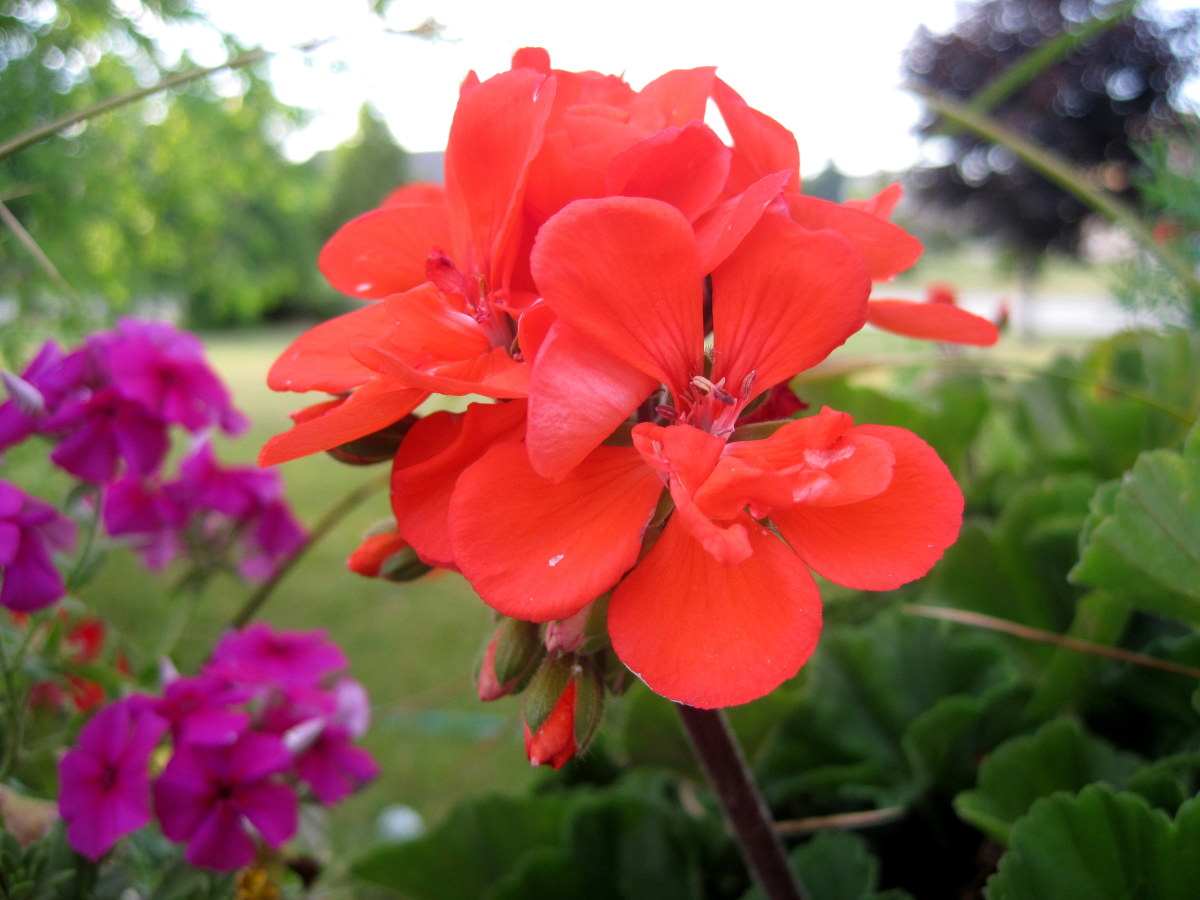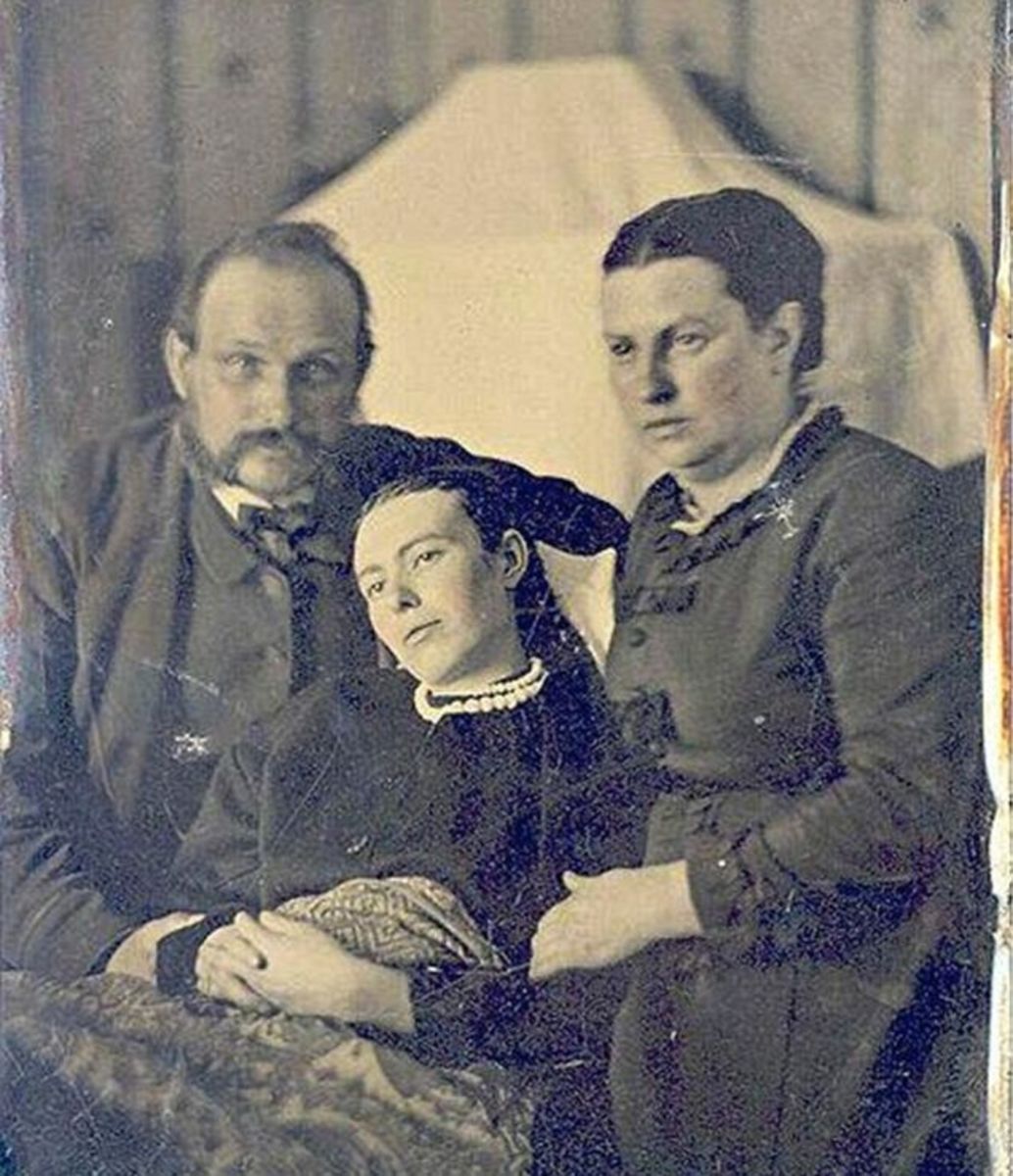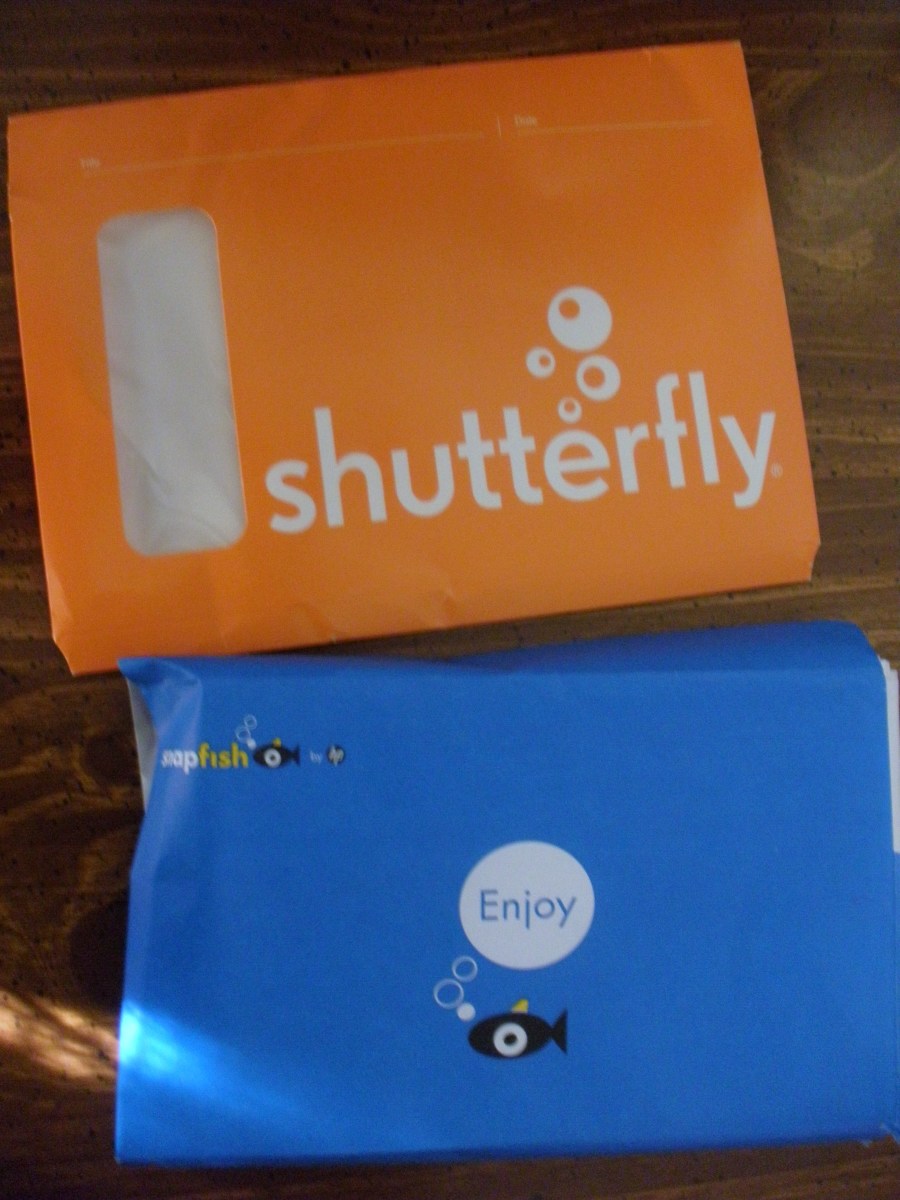How to do Better Macro Photography in a Studio
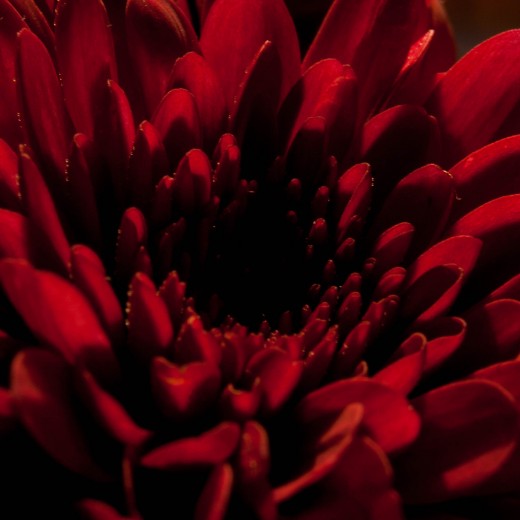
"Macro photography (or photomacrography or macrography, and sometimes macrophotography]), is extreme close-up photography, usually of very small subjects, in which the size of the subject in the photograph is greater than life size (thoughmacrophotography technically refers to the art of making very large photographs). By some definitions, a macro photograph is one in which the size of the subject on the negative or image sensor is life size or greater. However in other uses it refers to a finished photograph of a subject at greater than life size.
The ratio of the subject size on the film plane (or sensor plane) to the actual subject size is known as the reproduction ratio. Likewise, a macro lens is classically a lens capable of reproduction ratios greater than 1:1, although it often refers to any lens with a large reproduction ratio, despite rarely exceeding." Wikipedia
Macro photography in a studio is much simpler than what many people think, plus it allows you to "play" with the settings, angles, perspectives and light. Although macros found in nature are great and allows one to capture images than would otherwise not be possible by simply looking at a subject with the naked eye, there are always some situations that prevents you from doing the best work.
The equipment needed is not much different than any other gear that you may need for most other photographic projects.
Much of the gear as well as the general set up will depend on what type of subjects you will be capturing with your photographs, however for the majority of macro work only small subjects are necessary since you will be mostly photographing very small portions of each.
Start with a table or any other sturdy surface that allows you some space to place a background element such as a blackboard. Black is always preferable since it eliminates any distractions that may otherwise let the viewer's eye wander and become confused.
Most of your working subjects can be simply placed on the surface of your work table but if your photography subjects are things like flowers it is best to build a clamp using alligator clamps/clips attached to a flexible wire which is itself attached to a solid piece of wood and provides stability and keeps the bracket set up from falling or moving as well as raising it parallel to lens level.
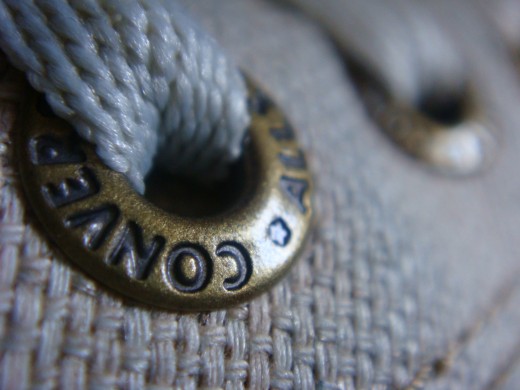
Alligator clip
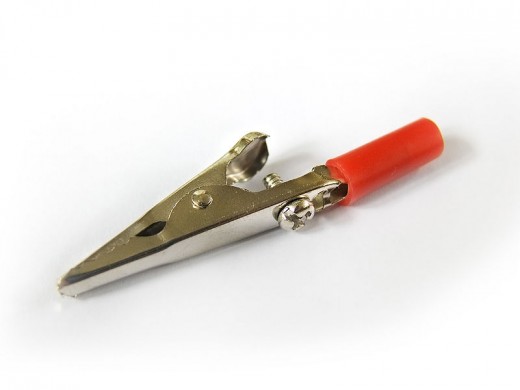
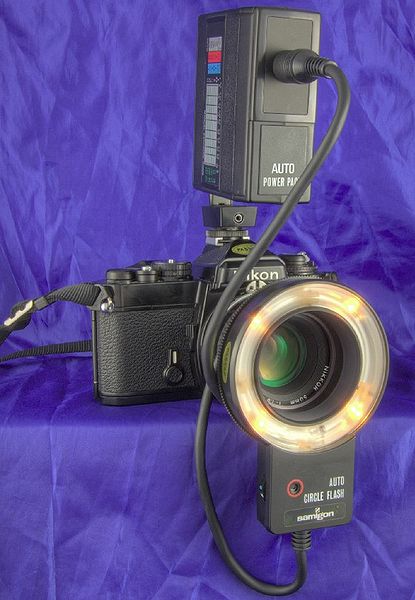
Next you should have at least one photo lamp or better yet a ring light/flash attached to the front of the lens. These provide ample light for macro photography and are specialty lights for just that.
Regardless of which light source you use you should have it rather close to the subject.
Be careful to use cool daylight light bulbs and not regular house bulbs since they are not only hot but their light is inadequate for most photographic endeavors.
If doing your macro photography outdoors the light needs not be diffused but in a studio always place a diffusing element in front of the light source. This can be as simple as a white piece of cloth or even a piece of white paper.
Once you are set up it is time to get the photographic gear in place. Start by placing the camera on a sturdy tripod and physically focus as closely as you can to the subject with the front element of the lens.
It goes without saying that the lens must be a macro capable one or a regular 55mm or so prime lens with a macro filter.
These filters are not as good as a prime lens but they do a decent job nevertheless and they are quite inexpensive when compared to the prices of some macro capable lenses.
Interested in this type of photography?
- How to Take Macro Pictures -- National Geographic
Get tips for taking macro photos with this how-to photo gallery from National Geographic.
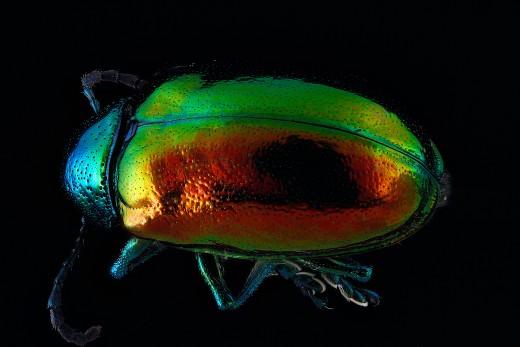

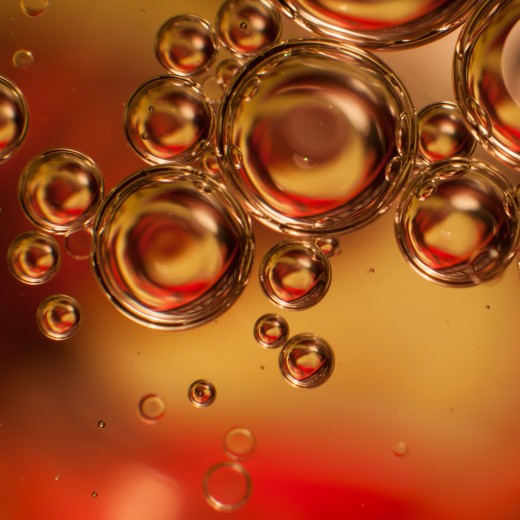
Another key piece of gear is a remote shutter release mechanism . Either electronic or mechanical, they eliminate the movement that your finger can impart upon the camera as you depress it.
At the magnification needed for a good macro shot, even the slightest of movements can and probably will show up on the photograph.
If you have a dedicated flash unit and can set it up to be remotely triggered once you trigger the shutter then the set up is that much better and efficient.
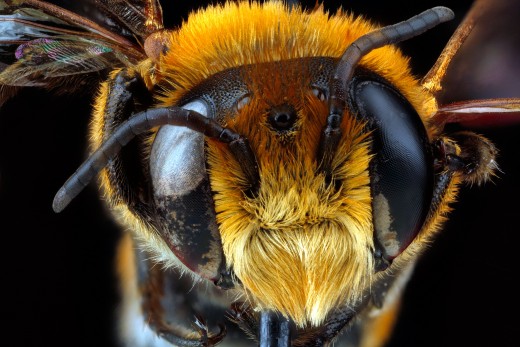
Macro photography can produce really interesting images that can be used by many commercial enterprises such as botanic publication, wildlife magazines, general photographic ones and if doing photographs of inanimate objects they can be submitted to any entity that sell these items.
With all photographic endeavors and especially with macro, you need to ensure that your shots are technically perfect, they show a new way of looking at things and are interesting enough to capture the gaze of an audience as well as keeping them focused on the photographs.
In other words give your audiences something to talk about and they will remember your work. This is how the most talented and successful photographers manage their work.
Their images are never "average looking" but rather exceptional no matter what subject is in front of their lens.
© 2014 Luis E Gonzalez



